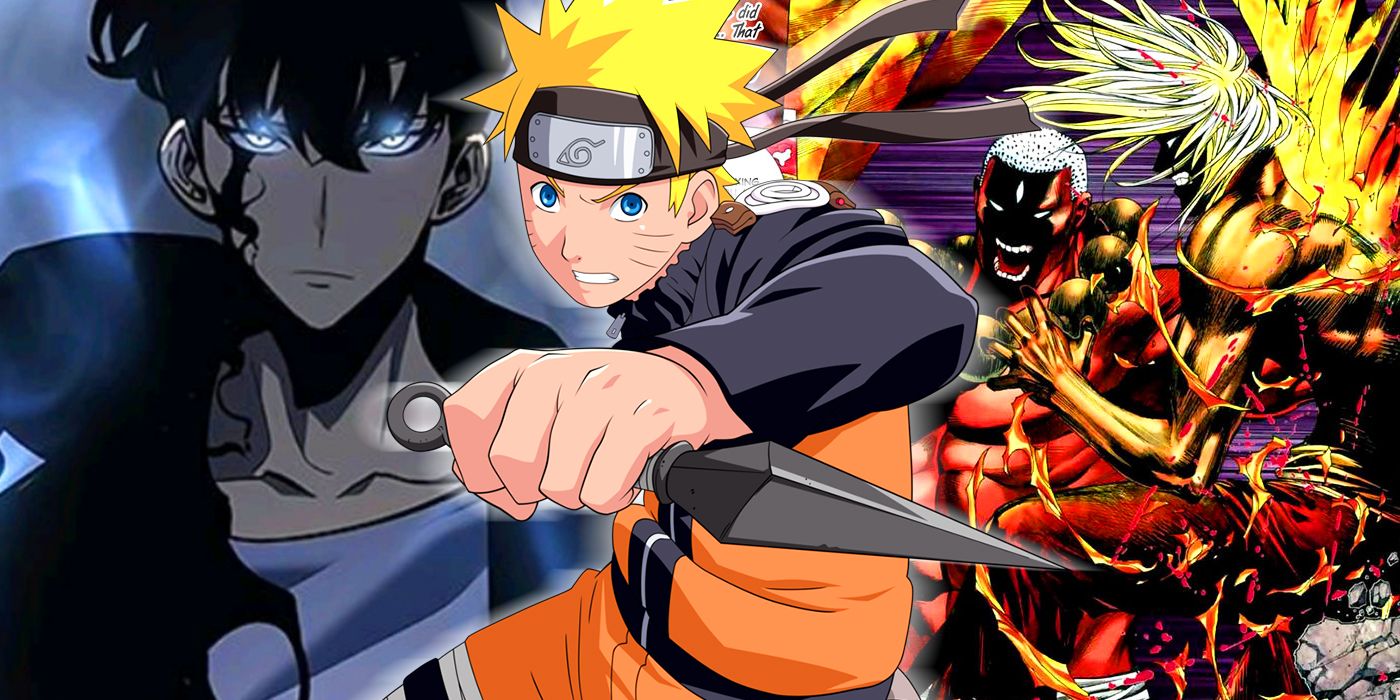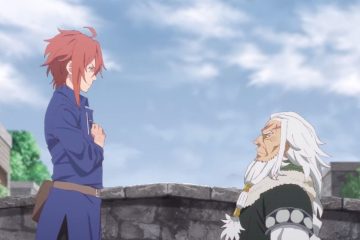In recent years, the international popularity of manga has led to an increased interest in manhwa and manhua. Manga, manhwa, and manhua sound the same and, generally speaking, are similar in artwork and layout, which can result in accidentally categorizing these comics as all being Japanese in origin. The question of what manhwa and manhua is a frequent refrain, especially given that one of these has historically been kept out of the West.However, there are several subtle—but important—differences between the three. This can be noted in the art styles of the creators involved, not to mention the country-exclusive names. Since there is so much anime being produced today, however, it’s easy for the comic book source material to overshadow or blend in with the works of other Asian comics. This makes telling them apart somewhat more difficult, especially for less-than-mainstream franchises.The terms “manga” and “manhwa” actually come from the Chinese term “manhua,” which means “impromptu drawings.” Originally, these were used within Japan, Korea, and China, respectively, as general terms for all comics. Now, however, international readers use these terms to address comics that are published in a specific country: Manga are Japanese comics, manhwa are Korean comics, and manhua are Chinese comics. The creators of these East Asian comics also have specific titles: a person who makes manga is a “mangaka,” a person who creates manhwa is a “manhwaga,” and a person who makes manhua is a “manhuajia.” Along with etymology, each country has also historically influenced one another’s comics.
In recent years, the international popularity of manga has led to an increased interest in manhwa and manhua. Manga, manhwa, and manhua sound the same and, generally speaking, are similar in artwork and layout, which can result in accidentally categorizing these comics as all being Japanese in origin. The question of what manhwa and manhua is a frequent refrain, especially given that one of these has historically been kept out of the West.
However, there are several subtle—but important—differences between the three. This can be noted in the art styles of the creators involved, not to mention the country-exclusive names. Since there is so much anime being produced today, however, it’s easy for the comic book source material to overshadow or blend in with the works of other Asian comics. This makes telling them apart somewhat more difficult, especially for less-than-mainstream franchises.
The terms “manga” and “manhwa” actually come from the Chinese term “manhua,” which means “impromptu drawings.” Originally, these were used within Japan, Korea, and China, respectively, as general terms for all comics. Now, however, international readers use these terms to address comics that are published in a specific country: Manga are Japanese comics, manhwa are Korean comics, and manhua are Chinese comics. The creators of these East Asian comics also have specific titles: a person who makes manga is a “mangaka,” a person who creates manhwa is a “manhwaga,” and a person who makes manhua is a “manhuajia.” Along with etymology, each country has also historically influenced one another’s comics.
#Differences #Manga #Manhwa #Manhua #Explained
Note:- (Not all news on the site expresses the point of view of the site, but we transmit this news automatically and translate it through programmatic technology on the site and not from a human editor. The content is auto-generated from a syndicated feed.))



